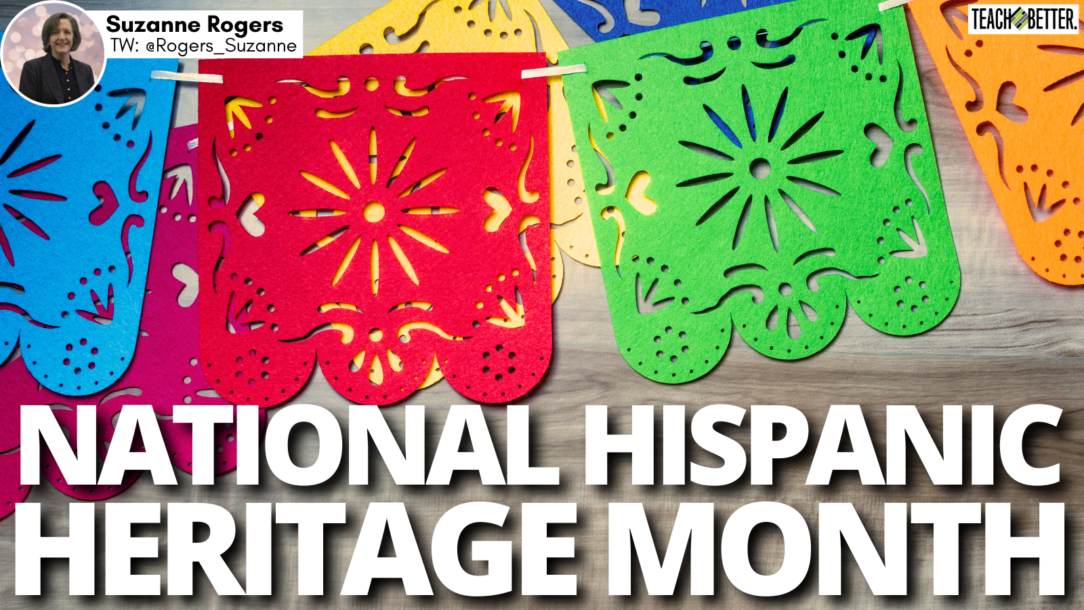TL;DR: Teach Better offers tailored, cost-effective professional development focused on practical classroom solutions. A comprehensive support system addresses all aspects of growth, from instructional strategies to leadership skills. Teach Better emphasizes collaboration, offering exclusive resources and proven success for educators. In the ever-evolving landscape of education, professional development is crucial for ensuring educators are equipped with the skills and knowledge … Read More
Rocking Reading: Using Music to Engage Reluctant Readers
TL;DR: Engage reluctant readers by integrating music into literacy instruction. Use body percussion and instruments to teach syllabication in a fun and interactive way. Access a video tutorial and free lesson plan to get started. Can you relate? We’ve all been there. You have a student (or five) in your class who are like “I HATE reading” . . . … Read More
National Hispanic Heritage Month
TL;DR: Hispanic Heritage Month is from September 15 to October 15 and celebrates Hispanic culture and history. Schools and communities host events to highlight notable Hispanic contributions and promote diversity. Students can engage through online resources, picture books, and cultural activities to deepen understanding. National Hispanic Heritage Month National Hispanic Heritage Month is celebrated from September 15 to October 15 … Read More
Unlocking Creativity: National Arts in Education Week
TL;DR: Arts education boosts student engagement, literacy, and aspirations. It fosters a positive school environment with fewer disciplinary issues. There is no negative effect on standardized test scores, dispelling myths about arts programs. Let’s unlock the power of creativity! When surveyed by the nonprofit organization Americans for the Arts, members of the U.S. public overwhelmingly agreed that the arts are … Read More
Lessons from the Beach: How to Keep Students Enthusiastic About Learning
TL;DR: Engage students by incorporating hands-on activities and integrating technology with purpose. Build a supportive classroom environment to foster excitement and investment in learning. Focus on creating impactful educational experiences for the upcoming school year. I go to the beach every summer to help me relax and recharge for the next school year. This year I was sitting in my … Read More





